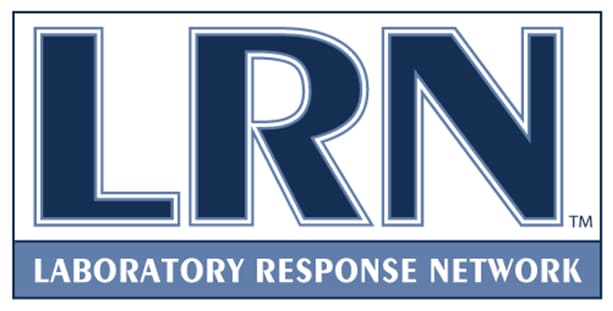At a glance
The Laboratory Response Network for Chemical Threats (LRN-C) is a national network of local and state public health laboratories that respond to chemical terrorism and other public health emergencies in the United States.

LRN-C public health laboratories are ready to respond
LRN-C integrates 54 state and local public health laboratories that operate 24/7 to provide laboratory diagnostics and the surge capacity for chemical emergencies. There is at least one LRN-C lab in each of the 50 states, three major US cities, and one in Puerto Rico. Each has the capacity to
- monitor chemical exposures at their onset,
- assist local hospitals and first responders with sample triage,
- pack and ship laboratory materials to other network laboratories, and
- serve as a CDC back-up facility in case of overflow during large-scale chemical emergencies.
Additional LRN-C Laboratories
District of Columbia - Level 2
Los Angeles - Level 2
New York City - Level 3
CDC and LRN-C critical partnership
CDC partners with the LRN-C to maintain specialized capabilities for analyzing human exposures to chemical threat agents, e.g., toxic metals and industrial chemicals. Established in 1999, the LRN-C has been ensuring laboratory preparedness and response capability for 25 years. This partnership ensures the following:
- National laboratory preparedness in the event of a large-scale chemical emergency.
- Local laboratory preparedness during small-scale emergencies, with support to hospitals, civil support teams, and poison control centers.
- National laboratory preparedness for addressing local public health concerns, such as the U.S. opioid crisis.
CDC provides several program services to LRN-C member laboratories to ensure harmonized specimen packaging, shipping, and testing capabilities across the network:
- Hands-on training and technology transfer on CDC core chemical threat test methods
- Standardized Quality Control Materials Program
- Proficiency testing (PT) for a core set of chemical threat methods
- Full-scale exercises and response readiness drills
- Secured data reporting and communications
